“The Road to Your Complete DIY Equipment” 2nd Edition: The Illusive Vintage Sound! Amplified Buffer Get your hands on the legendary device exclusively used by professionals [Final Part - Second Half]
I had planned to deliver the final blog post, but the circuit board, loaded with carefully selected components, is not yet complete, so I couldn’t make this the final installment.
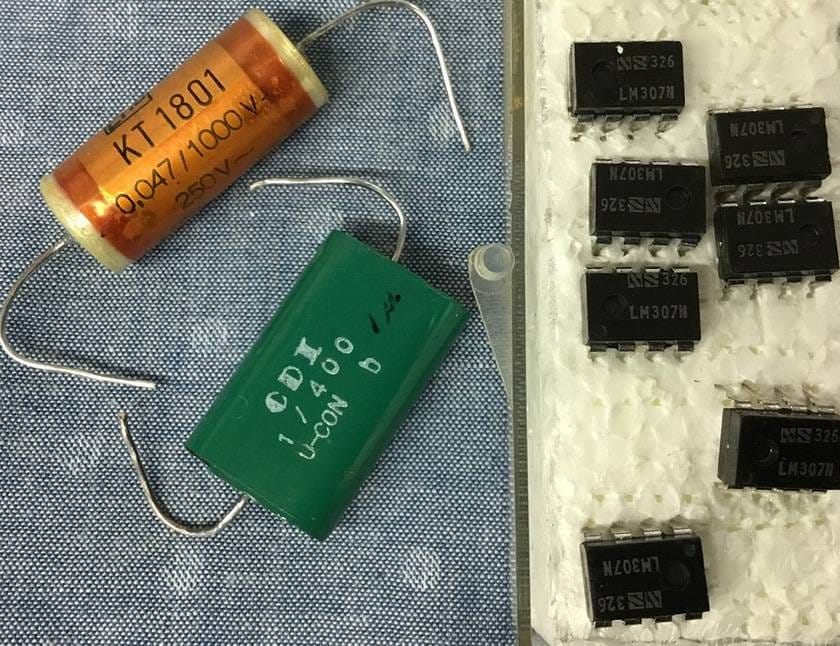
I'm sorry.
I promise the next one will be the final installment.
*Note: The OP-AMP has been decided to be the vintage LM307.
So, this time, let's talk about the equipment to be built in the next installment, as a sort of preview.
Actually, for the next “The Road to Your Complete DIY Equipment” 3rd Edition," I am more motivated than ever before. I want to create equipment that can be cherished not only for my lifetime but also for my grandchildren's generation.
Therefore, I will meticulously finish every aspect, from the selection of parts to the wiring materials and circuits, with utmost attention to detail.
The next production article will be about "A Headphone AMP Desired by Professionals."
This high-quality type uses only dry cell batteries.
Since it doesn't require many parts, there will be no compromise on the price or quality of the components.
In fact, the prototype of this headphone amp has already been used by an engineer at a certain recording studio in Tokyo.
Since it was a prototype, when I stopped by the studio one day to ask for it back, I was met with extremely unpleasant expressions and comments like, "Oh, you want it back? But the sound is so rich and realistic... Do you really need it back now?... Well, okay... But could you lend it to us for a bit longer?... Really, can't we keep it for a while longer?"
Since they seemed so pleased with it, I decided to give it to them.
The next version of the headphone amp will be even more improved, becoming an essential piece of equipment for anyone using headphones.
Please look forward to it.
And now to the main topic.
This month's blog is about my recent activities.
Actually, I got my hands on a new amp.
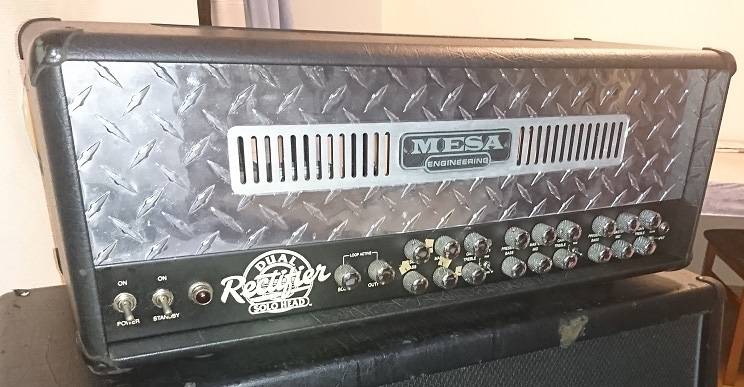
I recently got a Mesa/Boogie Dual Rectifier Solo Head, which I've bought and sold twice before.
The main reason I let it go was the excessive noise.
My bandmates complained that the sound was too scooped and piercing. Personally, I don't dislike it at all, but it's challenging to dial in the right tone.
I've used amps like the Marshall JMP 2204 and Peavey 5150 Combo in the past, then got the Rectifier, sold it, and finally settled with the Peavey 5150-2.
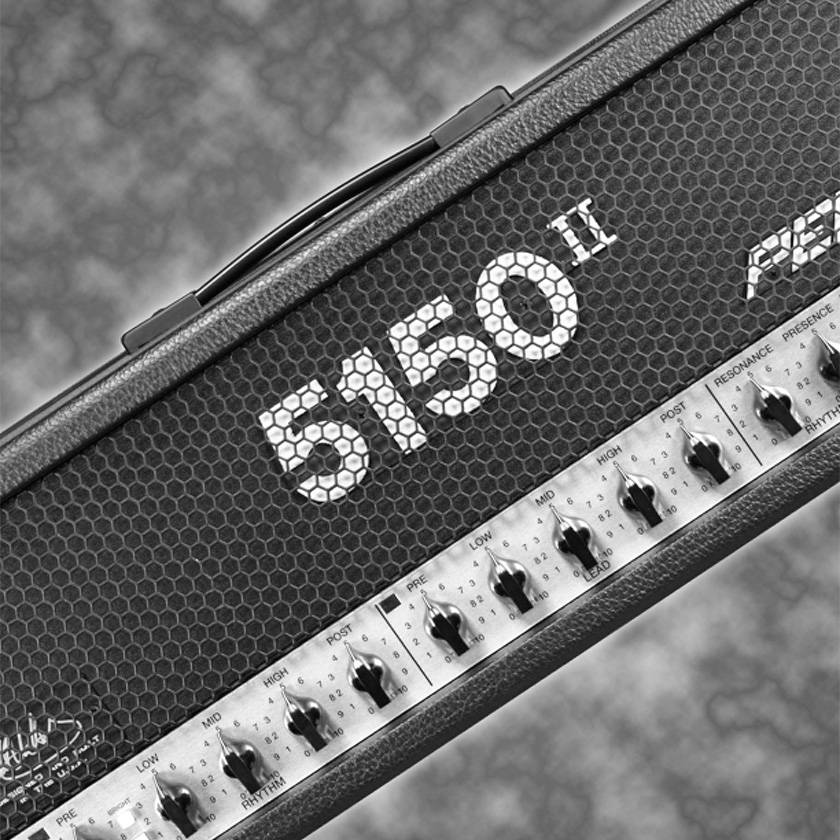
However, recently, the desire to purchase resurfaced, and I ended up buying it again for some reason.
In truth, my absolute favorite amp is the Bogner Uberschall, though...
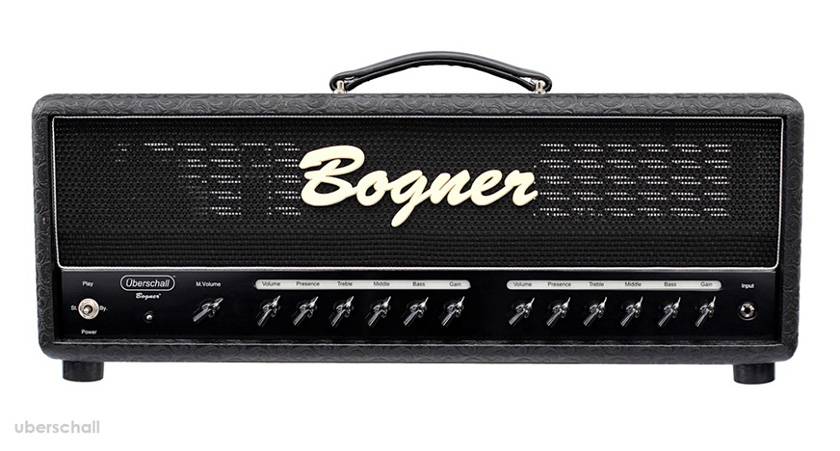
And with this third purchase, I finally feel like I've figured out how to use it.
I usually create distortion directly from the amp, but I didn't have the habit of adjusting the volume on the guitar.
The volume was always maxed out! Tone, of course, was also maxed out!! The amp's gain was set to just below the point of causing feedback, and the presence was always turned up to the maximum! That was my typical setup.
However, this time, I took my time to get acquainted with the amp and experimented with various settings. I discovered that it produces a remarkably diverse and rich sound.
The key is not to overdo the distortion and not to raise the mids too much. Even with minimal distortion, the sustain is excellent, and controlling the guitar's volume doesn't result in a cheap sound for the crunch tones.
It even has a resilient clean sound.
Ah, this clean tone is great... though I probably won't use it.
Wow! What a flavorful crunch sound! It's excellent... though I probably won't use it either... lol.
As for the best settings so far, the switch is set to the middle on channel 3, the gain is at 2 o'clock, and the guitar volume is between 8 and 10.
By adjusting the picking intensity, you can easily achieve a sticky lead sound.
With a digital delay in the send/return loop, and a compressor, wah pedal, and EQ before the input, I think I've finally created a complete system that needs nothing more.
It feels like it's taken nearly 30 years to get here.
Stay tuned for the next blog post.






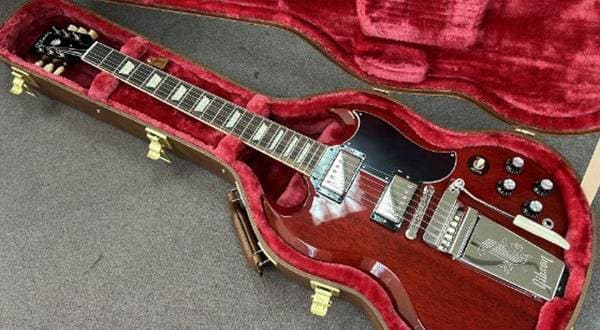

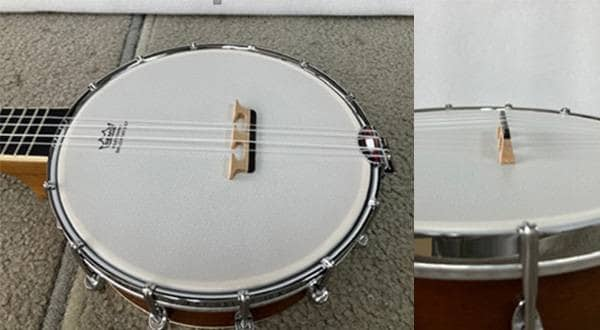
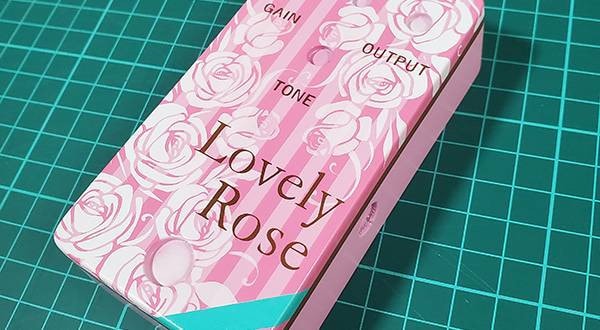
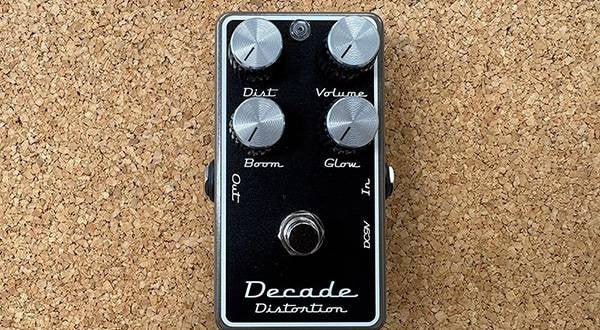
![“The Road to Your Complete DIY Equipment” 2nd Edition: The Illusive Vintage Sound! Amplified Buffer Get your hands on the legendary device exclusively used by professionals [First half, Final]](/contents/uploads/thumbs/2/2023/9/20230914_2_23923_1.jpg)
![[2025 Edition] 5 Recommended Pedals from TC Electronic!](/contents/uploads/thumbs/2/2023/8/20230821_2_23669_1.jpg)
![“The Road to Your Complete DIY Equipment” 2nd Edition: The Illusive Vintage Sound! Amplified Buffer Get your hands on the legendary device exclusively used by professionals [Circuit Edition Part 2]](/contents/uploads/thumbs/2/2023/5/20230515_2_22601_1.jpg)
![“The Road to Your Complete DIY Equipment” 2nd Edition: The Illusive Vintage Sound! Amplified Buffer Get your hands on the legendary device that was exclusively used by professionals [Circuit Edition]](/contents/uploads/thumbs/2/2023/4/20230404_2_21934_1.jpg)
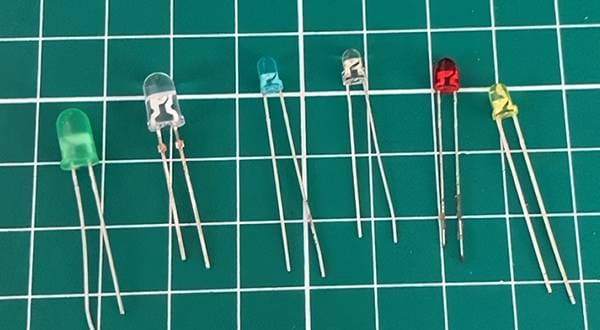
![The Road to Your Complete DIY Equipment: 2nd Edition: The Illusive Vintage Sound! Amplified Buffer Get your hands on the legendary device exclusively used by professionals [Parts]](/contents/uploads/thumbs/2/2023/3/20230303_2_21537_1.jpg)
 はじめてのエフェクターは GT-1 にしよう
はじめてのエフェクターは GT-1 にしよう
 BOSS ボーカル・エフェクターのススメ
BOSS ボーカル・エフェクターのススメ
 【初心者向け】エフェクター講座
【初心者向け】エフェクター講座
 あなたのエフェクターボード見せてください
あなたのエフェクターボード見せてください
 エフェクターのつなぎ方
エフェクターのつなぎ方
 エフェクターの種類
エフェクターの種類















